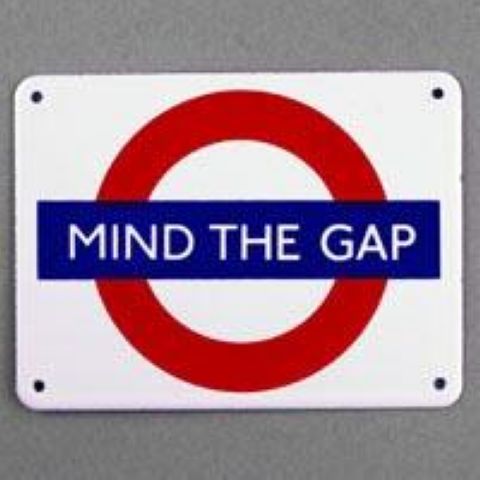These days I spend a lot of time writing. I
begin with a blank page and after some time it is filled with words. Most of
the ideas come from the unconscious and I am often interested in the causes and
conditions for the stories that emerge. The source is presumably a mix of
nature (genes), nurture (learning) and serendipity (chance). Present inputs from the sense organs are blended
with memories of thoughts and feelings from the past, and these generate
guidelines for future actions.
Musings
 |
| the inspirational muse |
Mental formations arrive during formal
sessions of mindful breathing. In those cases the task is to let them pass. If
they are not given attention they soon disappear. However, when writing, the
mental formations are most welcome. The task is to record them before they slip
away.
So where do they come from? In ancient times
the ‘author’ was thought to be a muse or demon or perhaps even God or the devil
herself. The image was of a humanoid agent or controller following a good or
evil agenda. These days the image is of a network of mainly unconscious brain
modules continuously churning. The network’s task is to monitor the external
environment so as to ensure safety and avoid dangers.
My present life is very safe and there are
few unavoidable dangers. I am something of a recluse and there are not many
external stimuli calling for attention. But the network keeps churning and
creating thoughts and feelings with roots in my nature and nurture, and with serendipitous
add ons.
Official writing
 |
| African Classrooms |
Several years ago I completed distance
learning courses in journalism and in creative writing (fiction). It became clear that I did not have what it
takes to flourish in those areas. My interests and writings have instead followed
a natural sequence leading from curriculum development through social development
and on to personal development. Those who would sort out other people had best
sort themselves out first!
I was involved with curriculum development
in the Sudan, Belize and Lesotho. Multistakeholder groups tried to figure what the
children should learn in school. I prepared many discussion papers and
conference reports especially in Belize which was rethinking the curricula at Primary,
Secondary and Tertiary levels.
I wrote about social development while
involved with (a) local community action groups mediated through Portsoy and
District Ltd and the Banffshire Partnership Ltd and (b) the Caledonia Centrefor Social Development that is based in Inverness but which has national and
international outreach.
The official writings dealing with curriculum
and social development were not spontaneous rants. Hard facts were gathered and
sorted so as to generate an agreed framework that held things together. The
contents were objective, rational, and evidence based. The goal was to
eliminate emotional obfuscations and thus to be clear, reasonable and
accountable.
turning the mind around
Writing for personal development is not the
same as the official writings. Concern is not with the details of thoughts and
feelings but rather with the process of generating them. Not so much what you
think as how you think. Notice what is being noticed and think about what is
being thought.
There is the idea of ‘turning the mind
around’. Rather than focusing on the outside world by attending to sensory
inputs, attention is focused on the inner happenings. There is the idea of the
witness. An unattached part of ‘you’ watches the attention centre – what enters,
how strong is it, how long does it last, how does it leave. (Note: there is
often a gap between the end of one thought train and the beginning of another.
Where are ‘you’ then? Where is the witness? Mind the gap.)
‘I’ have not been much involved in
preparing this present article. The first half was written yesterday and the
second half was written before and after a visit to the Doctor this morning
(there are short term memory problems).
‘I’ felt the urge to engage the writing
process but there was no gathering and sorting of facts. ‘I’ sat at the
keyboard and ideas appeared. Usually a paragraph at a time. Once the sense of
what was being said was appreciated there was some objective editing of words, phrases
and sentences. Once it was deemed acceptable the gap opened up and the next
paragraph appeared.
If the gap showed no sign of closing there
were re-reads of what had gone before. The re-reads were for generalized subjective
ambiance rather than logical structure. The unconscious was being serenaded and
it’s inter-modular churn generated this thought train rather than that one.
endings
To be objective and rational there could be
a reading of the whole article such that (a) it can be given a title and (b) a closing
paragraph can be prepared to mirror what was said at the beginning. An easy
option is to repeat the first couple of sentences and link to the title.
“These days I spend a lot of time writing. I
begin with a blank page and after some time it is filled with words. Most of
the ideas come from the unconscious which is a never ending source of musings.”

No comments:
Post a Comment